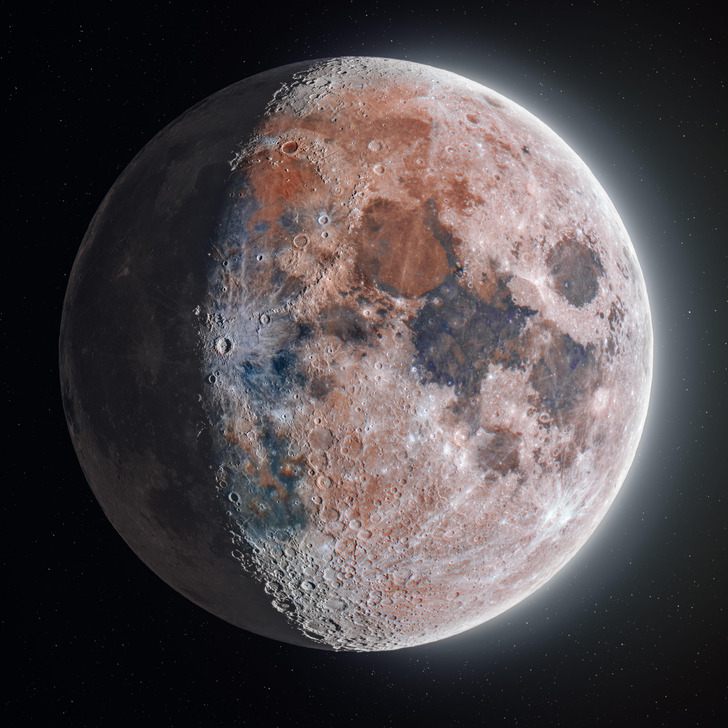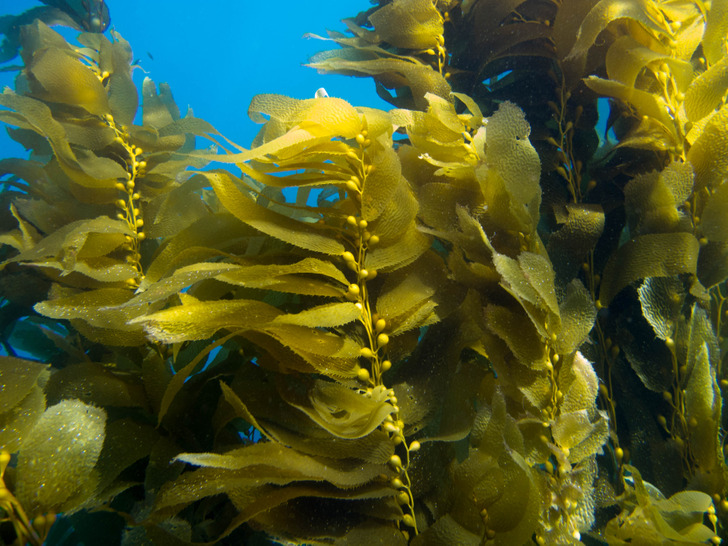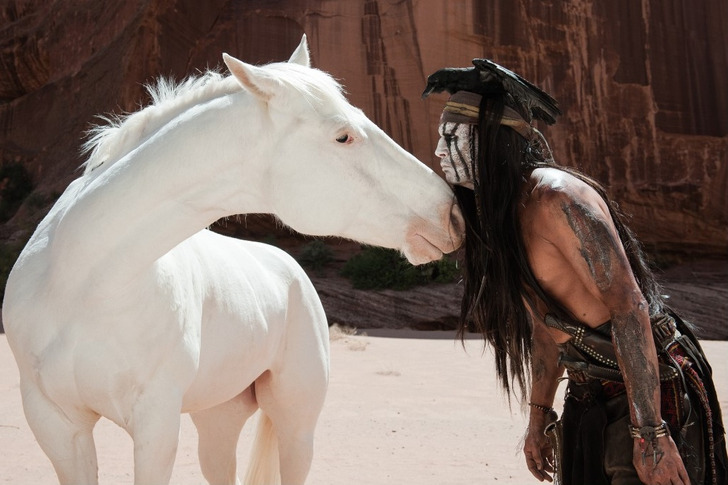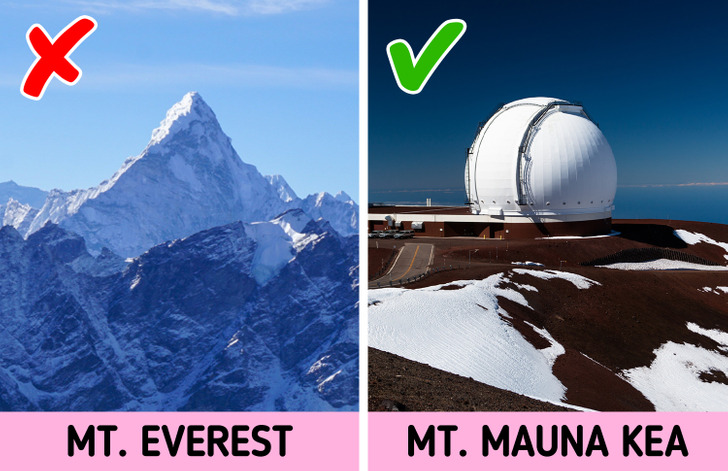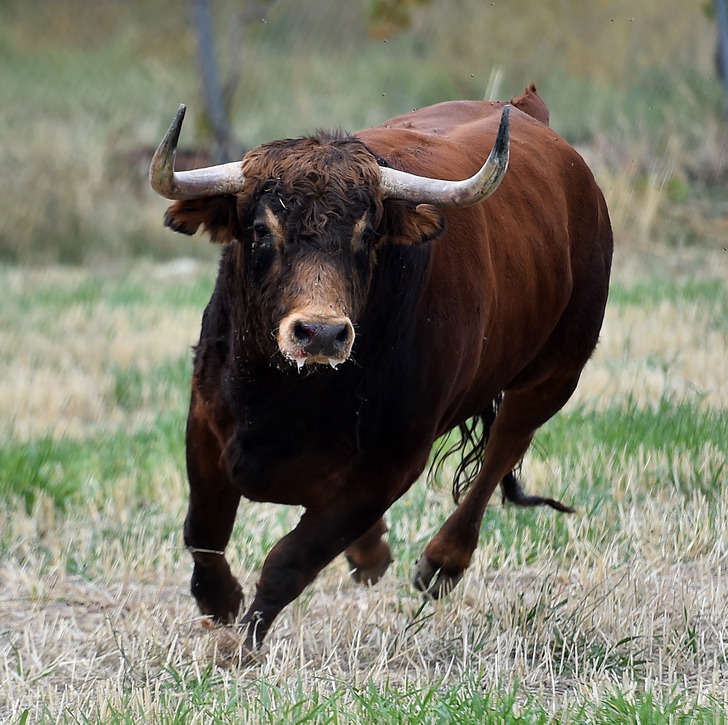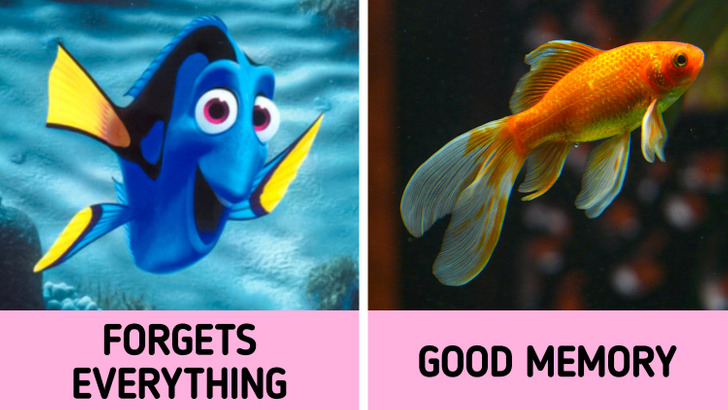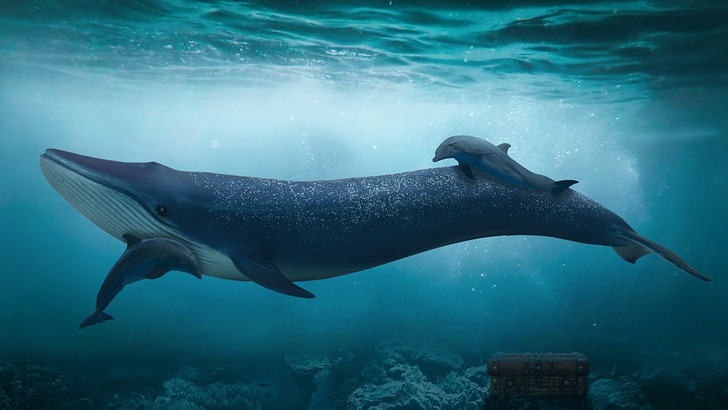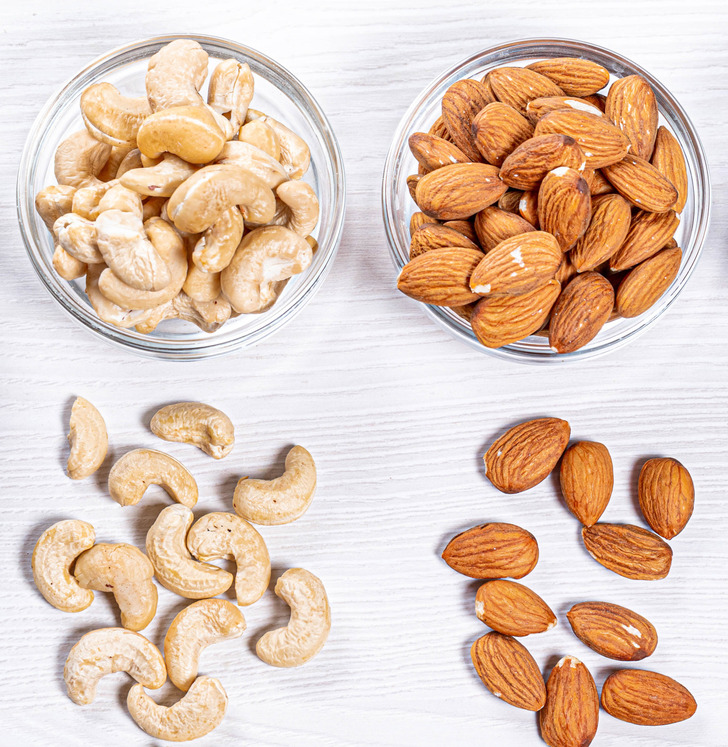11 Facts You Probably Learned in School That Are Actually False
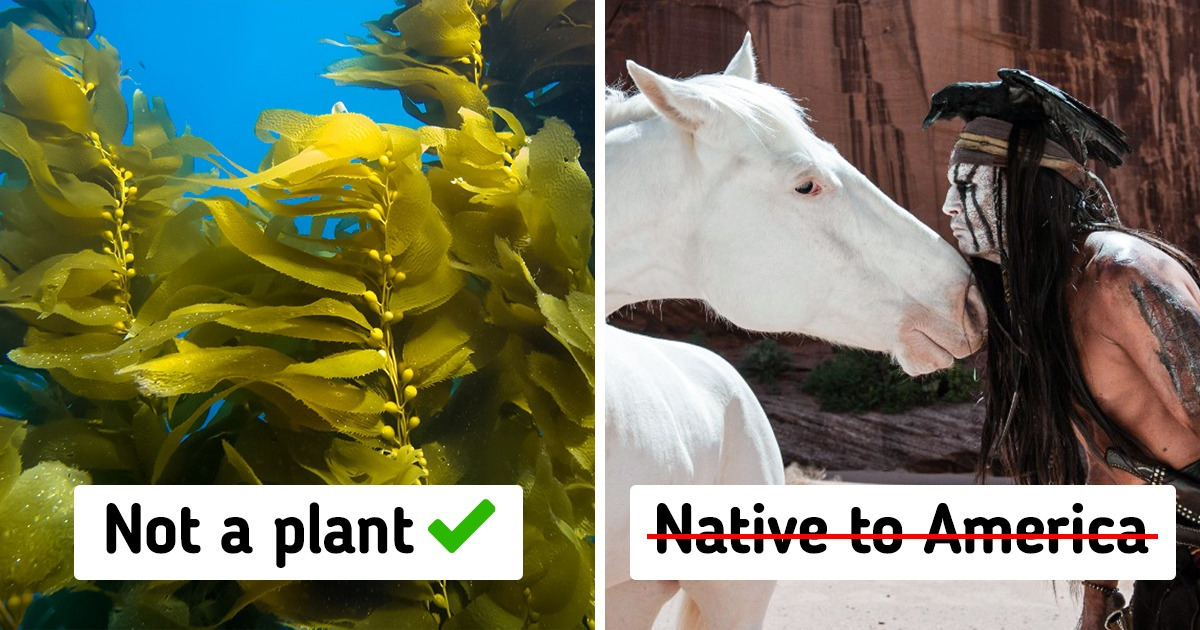
Acquaintance with the world of animals, the amazing features of our planet, the laws of physics, and other sciences — our school years gave us a priceless foundation of knowledge. However, over time, it turned out that some of the “facts” we learned are simply misconceptions that people have passed down from generation to generation.
5-Minute Crafts will dispel the myths and ruin the axioms we considered imperishable in our childhood.
1. The “dark side” of the Moon is not actually dark.
“2 years ago, I teamed up with a fellow Redditor. Today, we proudly introduce our newest collaboration, a 174-megapixel look at our cosmic companion.” © ajamesmccarthy / Reddit
The term “dark side” of the Moon is the name for when its hemisphere when it’s turned away from the Earth. In fact, this side is not dark at all. The entire lunar surface is equally illuminated by the Sun. For humans, this side is “dark” only because it cannot be seen from the Earth. It is also called the “far side” of the Moon.
2. You won’t get tetanus from stepping on a rusty nail.
Many people remember this warning from childhood: you will get tetanus if you step on a rusty nail. In fact, injuries from rusty objects are no more dangerous than damage from other old objects outside.
Tetanus is caused by a bacterium that can be found in the soil and the digestive system of animals around the world. This disease is associated with rust because of the bacteria living in the soil. Rusty items, as a rule, are scattered outdoors. You can find tetanus pathogens on top of them as well as on any other items.
3. Seaweed is not a plant.
Seaweeds are not actually plants. They are types of algae, which belong to another kingdom. Algae, like kelp, are just plant-like organisms. It is believed that they became the progenitors of land plants. Although they look like grass, bushes, or trees, they do not have true leaves, roots, or stems.
They use special structures — holdfasts, to attach themselves to the bottom of the water body. They are unable to absorb nutrients from the soil. The blades, which are similar to the earth’s leaves, nurture the algae. The blades grow on a stipe which looks like a stem.
4. Horses were not native to America.
Horses have done a lot of work throughout the history of North America and during the rise of the American nation. What is known, however, is that horses in their modern form were brought back to the continent after their ancestors had died out some 8,000 — 12,000 years ago. The reason for their extinction remains unknown. There are 3 main theories that try to explain it: excessive consumption of horses for human consumption, infectious diseases, and climate change.
It is believed that Christopher Columbus was the one who brought horses back to America. However, he likely left the animals on the Virgin Islands. The American mainland received horses again thanks to Spanish Marquess Hernan Cortes. Later, horses of various breeds came to America with European settlers.
5. Everest is not the tallest mountain in the world.
In school, millions of us memorized that Mount Everest was the most imposing and famous of all the mountains in the world. Its peak is the highest point above sea level. However, Everest is not the highest on the planet, if you measure the height not from sea level, but from base to peak. The record belongs to Mount Mauna Kea (Hawaii).
This is an extinct volcano. More than half of it is submerged in the waters of the Pacific Ocean. It is 33,497 feet (10,211 m) from the base to the peak. It is a great deal taller than Everest, which is almost 5.5 miles (8.8 kilometers) tall. Mauna Kea is also known as the world’s largest observatory equipped for infrared, optical, and submillimeter astronomy.
6. The color red does not make bulls angry.
Bulls don’t attack everything red. This color doesn’t make them mad because these animals are partially color-blind. Cattle’s eyes have no red-perceiving receptors. They are only able to see green, blue, violet, and yellow hues. So, most likely, the movement of objects in front of bulls makes them irritated and ready to attack.
7. You can’t catch a cold just from cold air.
We are often afraid to catch a cold from cold air. Some try to protect themselves and their children by adding extra layers of clothing. But the truth is, a person can get sick only after having contact with a virus.
It doesn’t mean we can freely neglect warm clothes in winter. Cold temperatures may aggravate the condition one already has. When facing the cold virus, the body becomes more receptive. But still, it is not possible to catch a cold without the virus.
8. The chances of lightning striking the same place twice are high.
You have probably heard that lightning cannot strike the same place twice. Actually, this is a delusion. Lightning often strikes the same places and objects. Lightning is an electrical discharge coming out from the collision of ice particles and small drops of water. Negatively charged particles gather at the bottom of a thundercloud and attract positive charges accumulated on the surface of the earth. This is how lightning occurs.
Positive charges usually accumulate on tall plants, buildings, and other man-made objects. Therefore, the likelihood that lightning will strike these objects over and over again is high.
9. Goldfish actually have a good memory.
The common misconception that goldfish have a bad memory is widely spread around the world. Some even say that these creatures forget everything every 3 seconds. In fact, goldfish have a very good memory. They often participate in experiments studying the memory and learning abilities of fish.
These studies are often related to feeding. For example, fish quickly get used to a repetitive feeding place. They memorize the area of the aquarium where food is placed and swim there. Also, goldfish are great at solving problems. They can be taught to go through mazes and get out of nets.
10. The blue whale is not the biggest creature on Earth.
The blue whale is the largest living animal. It is also larger than any prehistoric animal known to mankind. They reach 30 meters in length and weigh 190 tons. They cannot grow larger, because otherwise they would not be able to withstand overheating: the body would generate heat faster than it could dissipate from the surface of the body.
However, the blue whale is the largest animal, but not the largest organism on the planet. The largest one nowadays is an enormous honey mushroom called the “humongous fungus.” Its exact size is unknown, but it affects about 965 hectares of trees in the Malheur National Forest (Oregon).
11. Cashews and almonds aren’t technically nuts.
Cashews, almonds, and some other edible nuts are not actually true nuts. A nut is a dry fruit that consists of a shell and one seed inside. Examples include hazelnuts, chestnuts, and acorns. Almonds and cashews can be classified as drupes. Drupe — a fruit with a fleshy part on the outside, covering the inner shell with the seed inside. We eat the seed, not the nut.
Do you know of any other school misconceptions? Tell us in the comments 🧐
